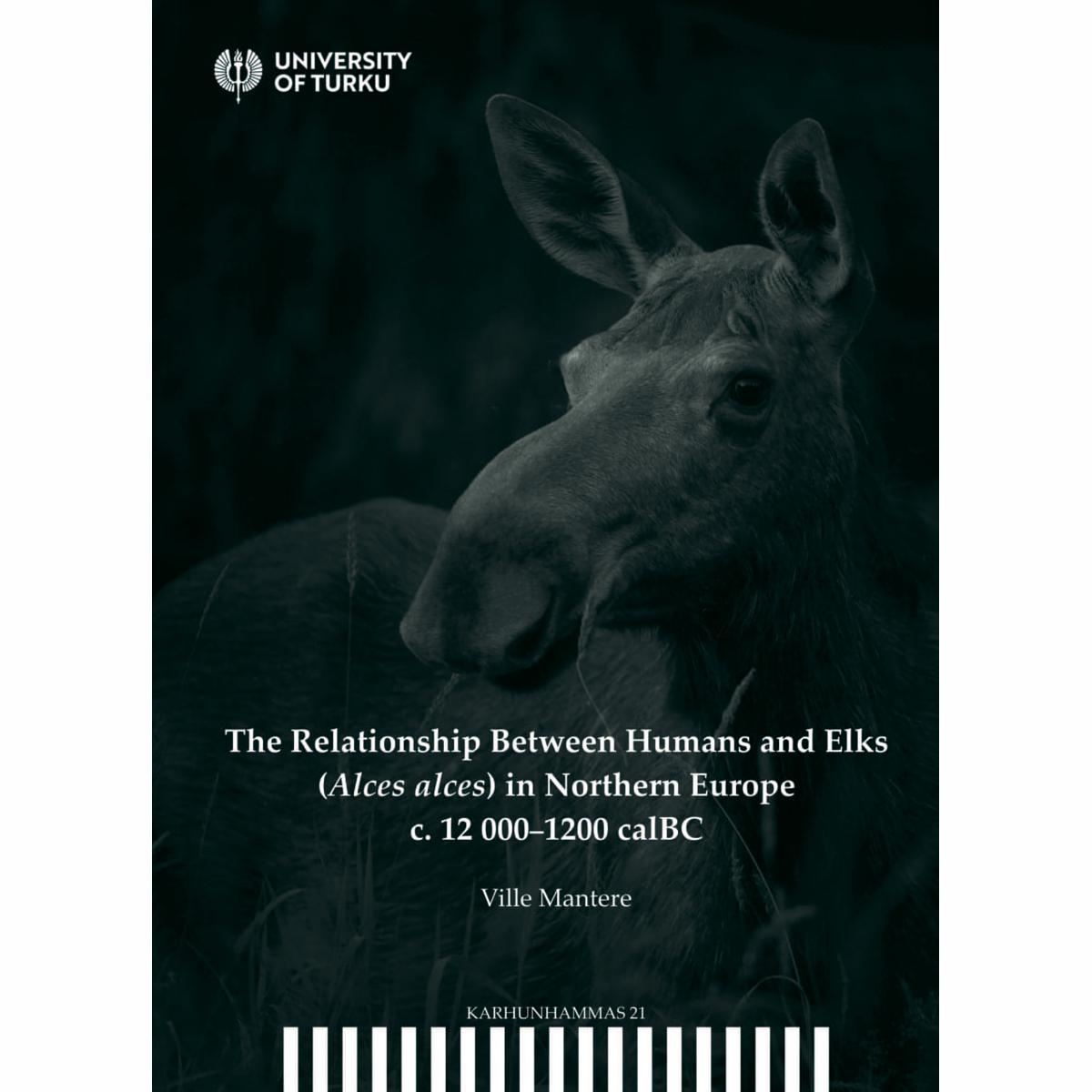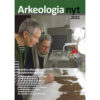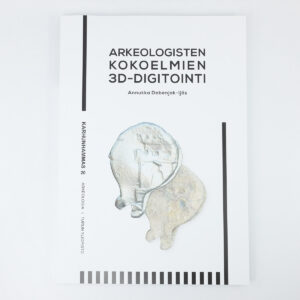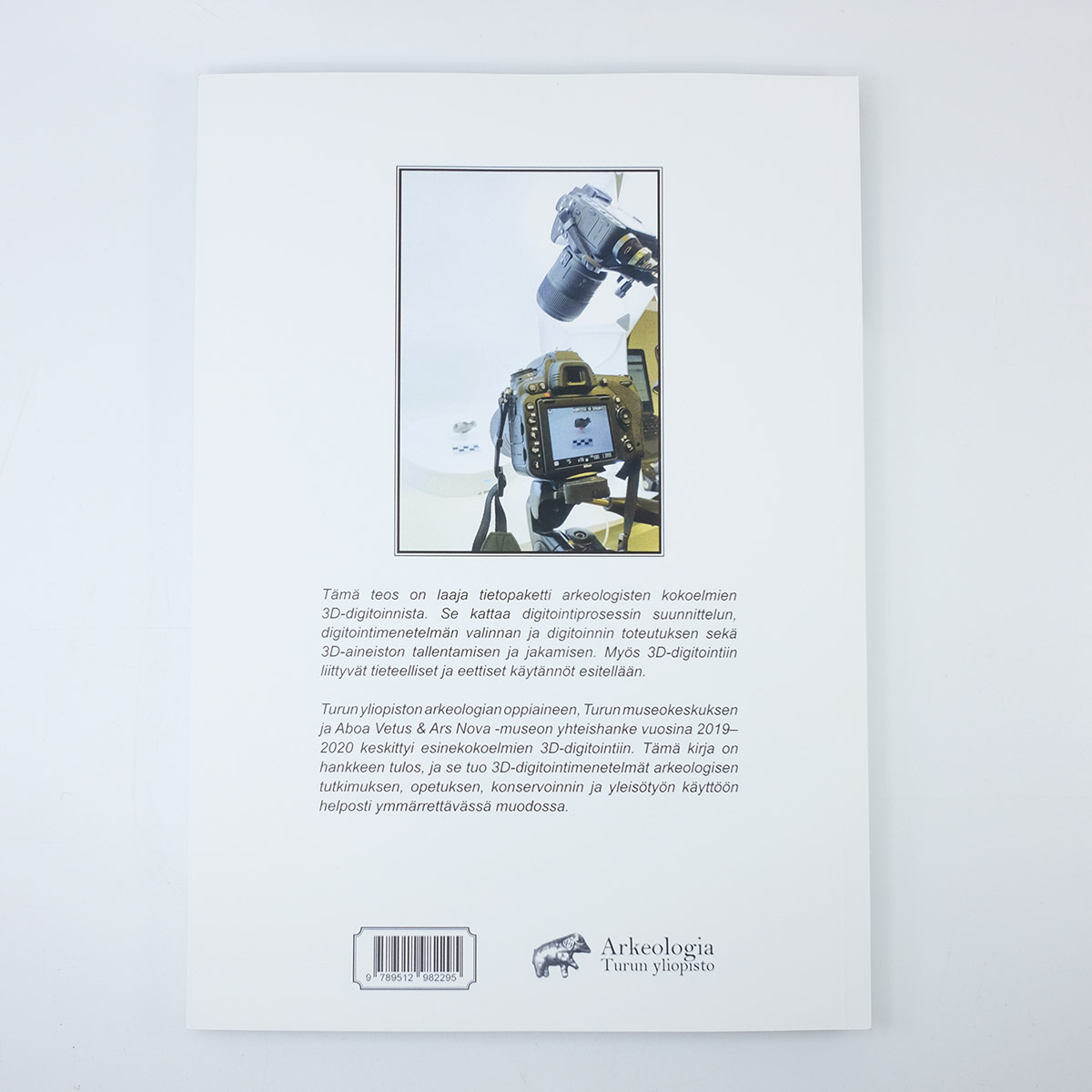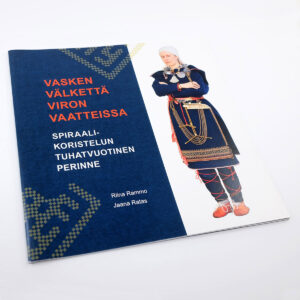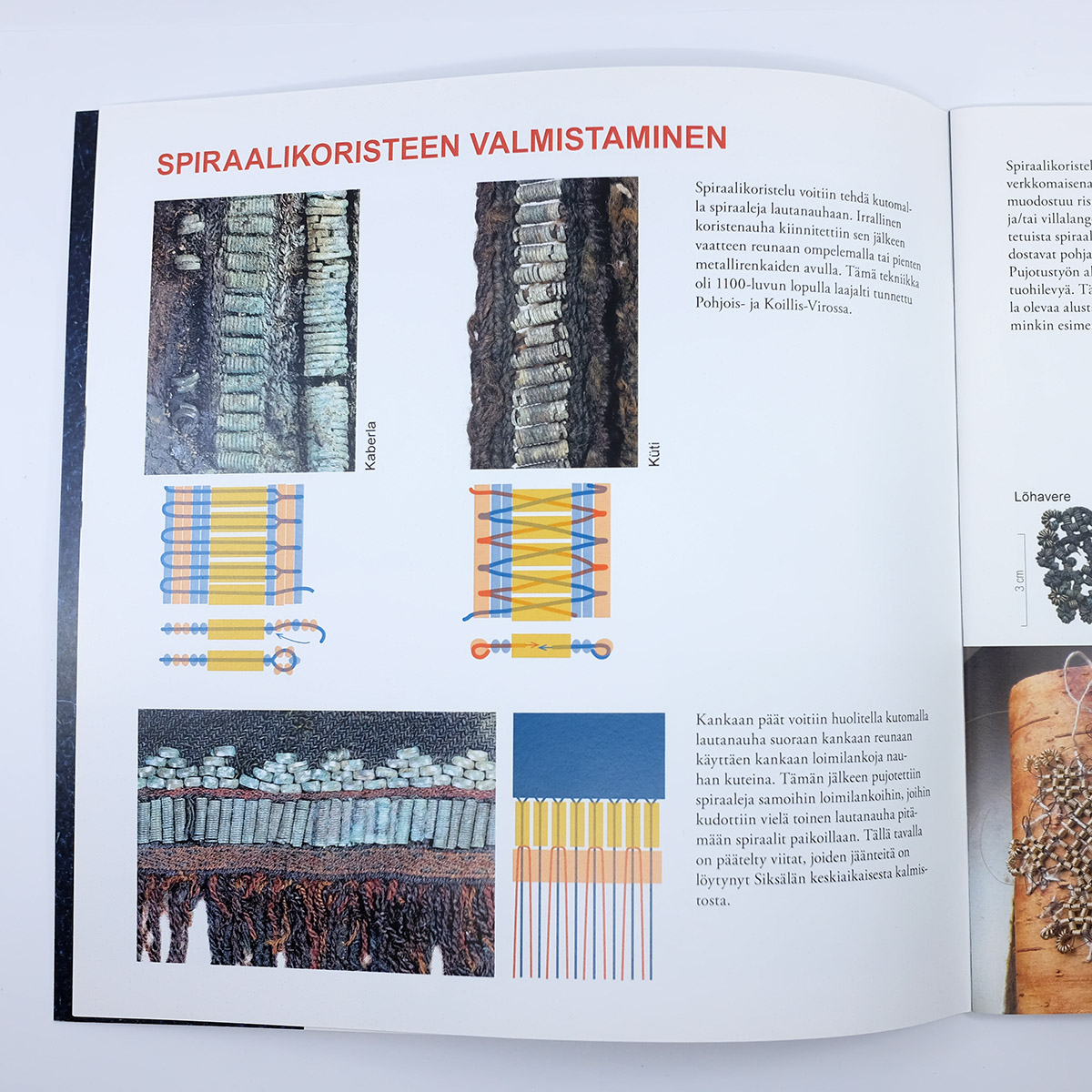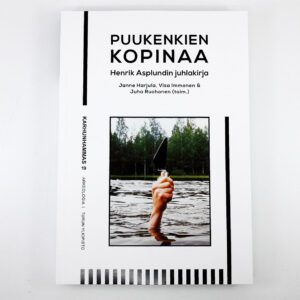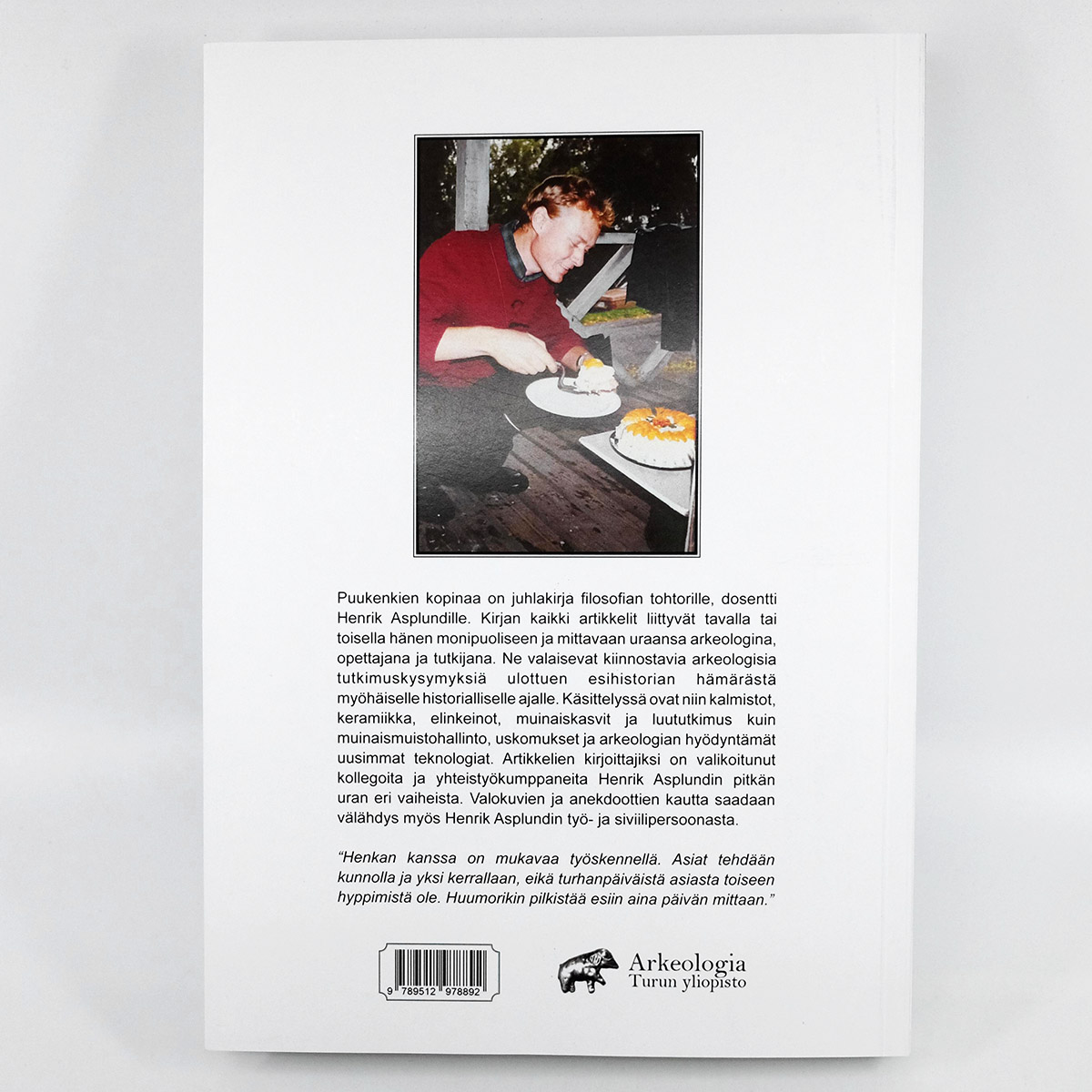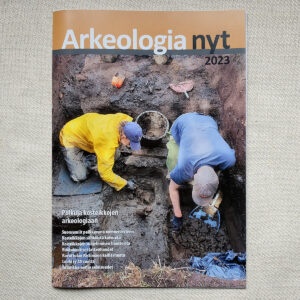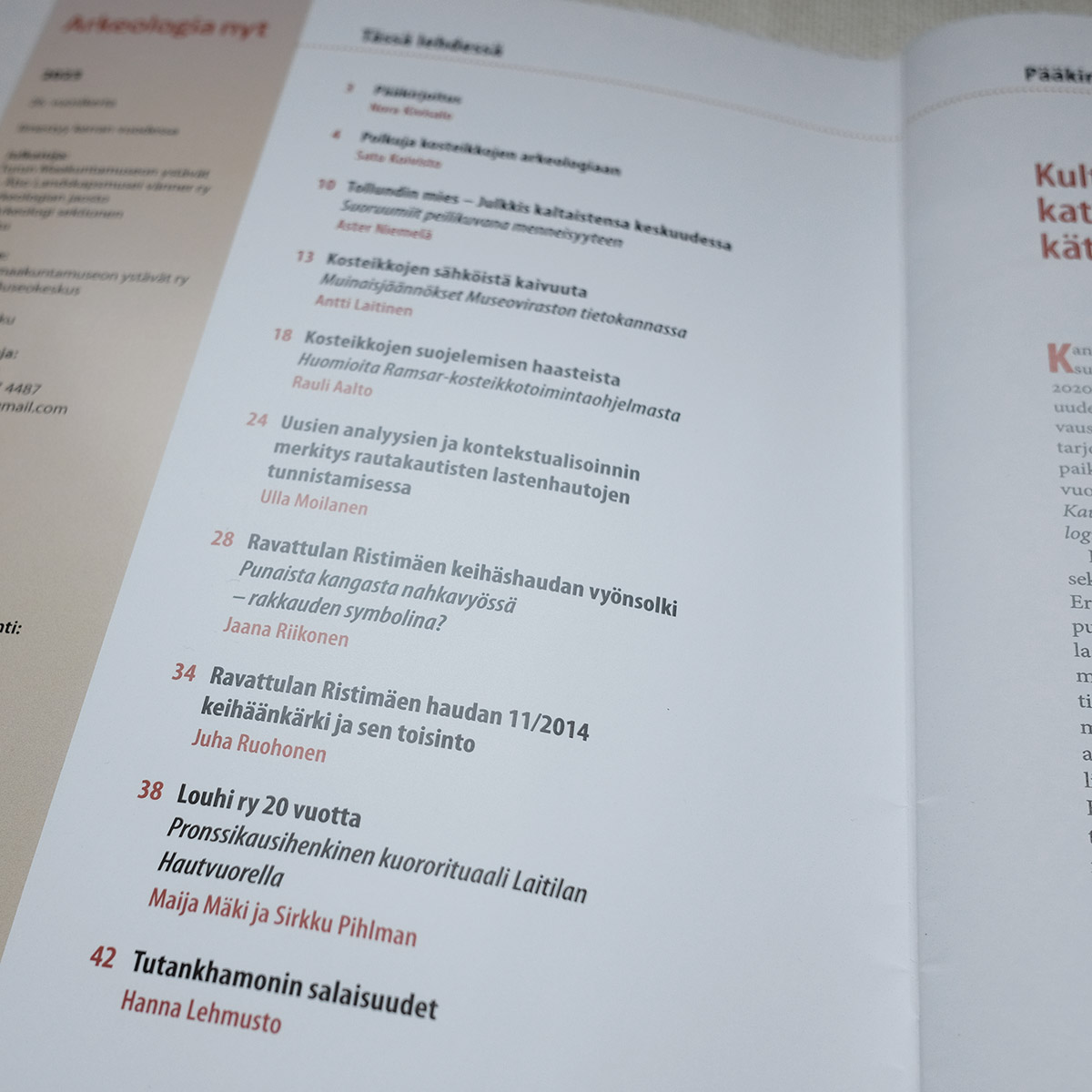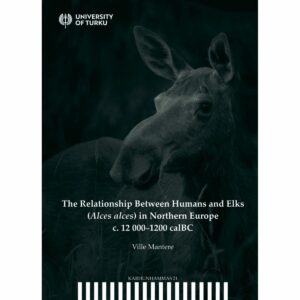The subject of this dissertation is the relationship between humans and elks in Northern Europe during the period 12 000–1200 calBC. The elk (Alces alces) was of extraordinary importance to northern populations for several millennia, being not only the most important game animal in the boreal forest zone, but also an animal of notable symbolic significance. By bringing together different sources of evidence, and taking a long-term perspective, this study aims to develop a comprehensive understanding of the elk’s significance to prehistoric human populations. The study explores the rise and decline of elk symbolism, its various manifestations in the boreal forest zone, as well as the qualities of prehistoric beliefs and activities related to the elk. The study material consists of osteological remains of elk, elk-related depictions in hunter-gatherer rock art, as well as elk-related portable artefacts. The main research methodology used is based on relational analogies deduced from widespread general notions that stem from societies where elks have been hunted. Additional research methods include a comprehensive study of earlier literature, fieldwork at rock art sites, museums and archaeological collections, as well as consul-tations with elk hunters and biologists.
The study shows that the key reasons for the elk’s multimillennial special significance, and the birth of elk symbolism, were the elk’s solitary behaviour, the high efficacy and prestige status of elk hunting, as well as the versatility and unpredictability of the elk as a resource. A central argument in the study is that there were two fundamental reasons for producing elk representations in rock art and on artefacts: to gain success in hunting and to guarantee the reproduction of elks for hunting. Another central argument is that the elk cow embodied the “game ruler” or “animal master spirit” of elks, which had ultimate control over not only rebirth and fertility, but also hunting success. The focus on the elk cow as a life-giver seems to have been a key theme that persisted for several millennia in Northern Europe. It is also argued that elk figures in rock art represent elks as individuals. Figures depicted at ordinary rock art sites signalled the presence of humans in the landscape and their relationship to the local elks, whereas those found at large rock art concentrations were linked to meetings between hunter-gatherer groups. Elk-related artefacts, it is argued, were used by different kinds of individuals and in different settings but were still related to various stages of the elk hunting process.
The study suggests that all hunters had a personal relationship with the elk and/or its game ruler, but differences existed in the degree of its closeness, and these differences were reflected in human societies. Consequently, the most skilful elk-hunters became the most respected authorities in elk hunting groups. In time, these individuals came to be regarded as mythical forefathers that were also depicted in rock art. The decline of elk symbolism in the region of study is explained as resulting from multiple factors, including changes in climate, the introduction of a new set of beliefs related to pastoralism, as well as an increased focus on other animal species.
Keywords: Alces alces, animal art, elk, elk-head boats, elk-head staffs, elk hunting, ethology, human-animal relations, hunter-gatherers, hunting, Northern Europe, portable art, prehistoric art, rock art, Stone Age, zoomorphic art
Väitöskirjan aiheena on ihmisen ja hirven välinen suhde Pohjois-Euroopassa aikakaudella 12 000–1200 eKr. Hirvi (Alces alces) oli poikkeuksellisen tärkeä eläin pohjoisille kansoille vuosituhansien ajan. Se oli paitsi pohjoisen havumetsävyöhykkeen tärkein saaliseläin myös huomattavia symbolisia merkityksiä kantanut eläin. Tutkimus pyrkii eri aineistoja yhdistämällä antamaan kokonaisvaltaisen käsityksen hirven merkityksestä esihistoriallisille väestöryhmille pitkällä aikavälillä. Se käsittelee hirvisymboliikan syntyä, hiipumista ja erilaisia ilmentymiä pohjoisella havumetsävyöhykkeellä sekä hirveen esihistoriallisena aikana kytkeytyneitä uskomuksia ja käytäntöjä. Tutkimusaineisto koostuu hirven osteologisista jäänteistä ja hirven kuvauksista pyyntikulttuurien kalliotaiteessa ja esinelöydöissä. Pääasiallisena tutkimusmenetelmänä toimii hirvenpyyntiä harjoittavien yhteisöjen parista johdettujen relationaalisten analogioiden käyttö. Muita tutkimuksessa hyödynnettyjä menetelmiä ovat kattava kirjallisuuskatsaus, kalliotaidekohteilla, museoissa ja arkeologisissa kokoelmissa suoritettu kenttätyö sekä hirvenmetsästäjien ja biologien konsultaatio.
Tutkimus osoittaa hirven monituhatvuotisen erityisaseman ja hirvisymboliikan syntymisen selittyvän useilla taustatekijöillä, joista päällimmäisiä olivat hirvenpyynnin tehokkuus ja arvostus sekä hirven monipuolisuus ja ennustamattomuus resurssina. Työn keskeinen argumentti on, että hirvien kuvaamiselle esihistoriallisessa taiteessa oli kaksi perustavanlaatuista syytä: pyyntionnen saavuttaminen sekä metsästettäviksi soveltuvien hirvien lisääntymisen turvaaminen. Tutkimuksen valossa naarashirvi ilmensi hirvien ns. lajinhaltijaa, jonka vastuulla oli paitsi jälleensyntyminen ja hedelmällisyys myös saalistuksen onnistuminen. Hirvilehmän asema elämänantajana vaikuttaa olleen merkittävä teema, joka säilyi Pohjois-Euroopassa keskeisenä vuosituhansien ajan. Pohjoisessa kalliotaiteessa hirvenkuvia esiintyy runsaasti, ja ne ovat parhaiten ymmärrettävissä yksilöllisiä eläimiä esittävinä. Tavanomaisille kalliotaidekohteille tehdyt hirvenkuvat selittyvät niin vieraille väestöryhmille kuin hirville itselleen osoitettuina ilmaisuina alueen ihmisten ja hirvien välillä vallinneesta suhteesta. Suurille kalliopiirroskeskittymille tehdyt hirvenkuvat kytkeytyvät sen sijaan ensisijaisesti eri alueiden pyyntiyhteisöjen välisiin tapaamisiin. Erilaisille hirveä esittäville esineille on vuorostaan yhteistä niiden kuuluminen hirvenmetsästysprosessin eri vaiheisiin.
Tutkimuksen perusteella on oletettavaa, että jokaisella hirvenmetsästäjällä oli henkilökohtainen suhde hirveen ja/tai tämän lajinhaltijaan, mutta suhteiden laadussa oli eroavaisuuksia, jotka heijastuivat pyyntiyhteisöissä. Taitavimmat hirvenmetsästäjät kohosivat yhteisöjensä arvostetuimmiksi ja arvovaltaisimmiksi jäseniksi. Ajan saatossa tällaisia henkilöitä alettiin pitää myyttisinä esi-isinä, joita kuvattiin myös kalliotaiteessa. Hirvisymboliikan hiipuminen tutkimusalueella selittyy tutkimuksen valossa lukuisten tekijöiden yhteisvaikutuksella, ja näihin lukeutuvat ilmaston muuttuminen, maanviljelykseen kytkeytyvien uskomusten leviäminen sekä muiden eläinlajien merkityksen kasvaminen.
Avainsanat: Alces alces, eläintaide, eräkulttuuri, esihistoriallinen taide, esinelöydöt, etologia, hirvenmetsästys, hirvenpääsauva, hirvenpäävene, hirvi, ihmis-eläinsuhteet, kalliotaide, kivikausi, metsästys, metsästäjä-keräilijät, Pohjois-Eurooppa, pyyntikulttuuri

